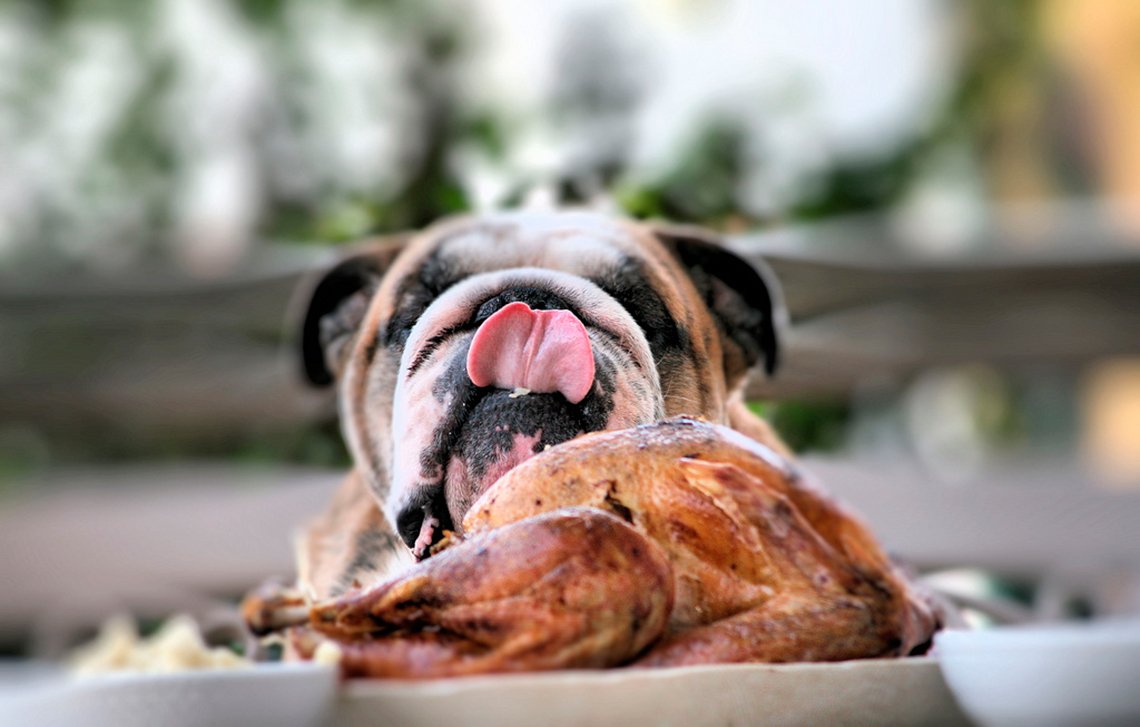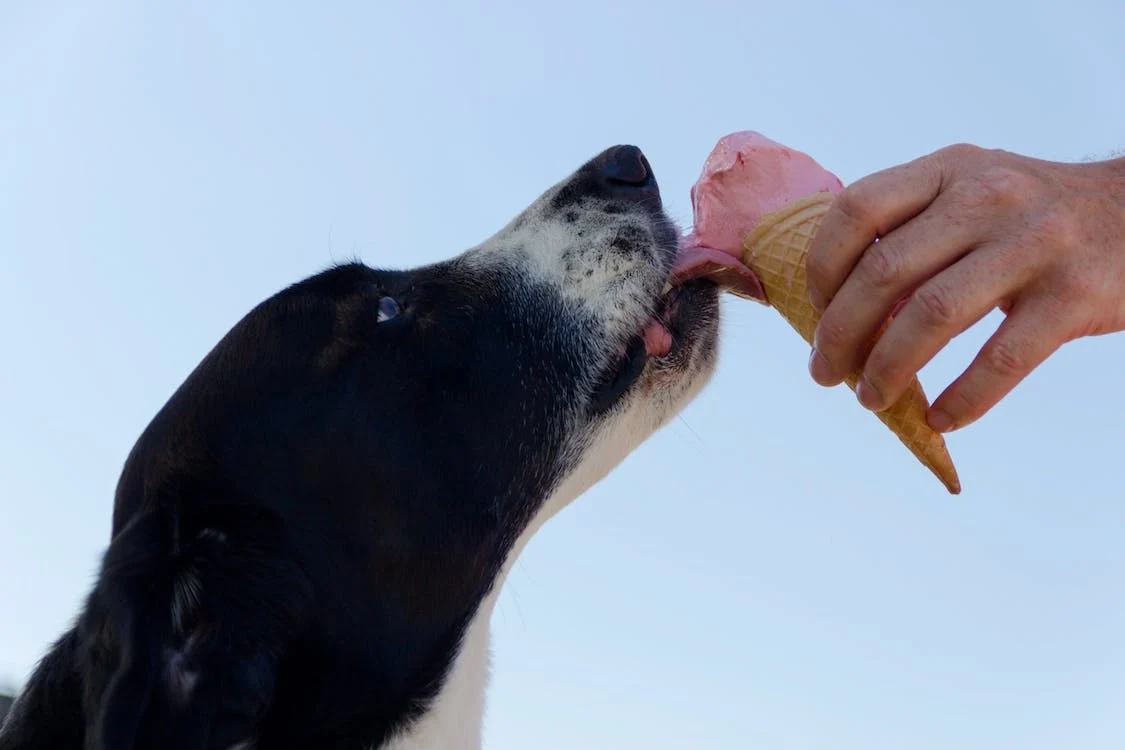Walk down any pet store aisle and your eyes boggle at the dog food choices shouting health claims. Dry, wet, raw, fresh, organic, prescription – which offers optimal nutrition aligned to our furry friends’ original evolutionary diets? Understanding what wild distant ancestors of modern dogs ate helps determine the ideal ancestral foods benefiting our domestic companions.
The Evolution of Canine Diets
Our partnership with dogs traces back thousands of years from their domestication from wolves. But their basic meat-based biology persists little changed. Examining eating patterns in wild wolf packs and early village dogs reveals heavily carnivorous diets centered on:
- Fresh raw game meat – Riche protein/fat
- Organ meats – Nutrient-dense innards
- Bones – Calcium and chewing
- Stomach contents – Pre-digested greens/berries
Early non-pack scavenger village dogs likely rounded out opportunistic diets with spoiled grain mash or refuse sharing similarities to Integrated into human hunter-gatherer cultures.

Benefits of Ancestral Diet Patterns Today
Mirroring evolutionary eating strategies tailors key macronutrient ratios prioritizing:
- High moisture meats – Supports hydration
- Balanced omega fats – Impacts metabolism and immunity
- Limited starches – Aligns to metabolic needs
- Variety organ meats – Nutrient diversity
- Some edible bone content – Dental health
- Seasonal whole food toppings – Antioxidants
This nutritional profile concentrates optimal energy and micronutrients in bioavailable forms best fueling canine physiology.
Sample Ancestral Diet Meal Components
A natural template sticks to mainly:
- Muscle meats – Chicken, turkey, beef, pork, lamb, fish
- Secreting organs – Liver, kidney, pancreas
- Meaty bones – Recreational chewing
- Fruit/veg – Berries, leafy greens
- Optional dairy – Yogurt, kefir
Some ancestral dog diet ratios below offer starting guidelines customizing proportions meeting individual activity levels, life stages and health conditions.
Puppy – 80% muscle meat, 10% liver, 5% veg/fruit, 5% secreting organ
Adult – 50% muscle meat, 45% raw meaty bones, 5% liver/kidney
Senior/Ill – 85% muscle meat, 5% veg/fruit, 5% yogurt, 5% organs
Adjust as needed for ideal body condition through each season.
Ancestral Model Benefits
The bottom line – our domesticated dogs retain 99.8% genetic closeness to wolves. A biologically appropriate diet replicating nutritional strategies from their wild past continues nourishing modern descendants optimally today.

Frequently Asked Questions
Don’t commercial foods provide balanced nutrition already?
Mass-produced kibbles rely on synthetic supplements trying to mirror natural nutrition. Ancestral methods provide nutrients coexisting in innate whole food forms for superior assimilation.
What about possible bacteria risks with raw?
Common misconception – FDA data shows commercial kibble actually sickens more dogs due to processing policies. Reputable small batch raw suppliers adhere to stringent safety standards minimizing pathogen risks.
Can I feed ancestral without the raw aspect?
Yes, lightly cooked options like The Honest Kitchen provide dehydrated whole food nutrition modeling ancestral foundations.Digestibility may vary between dogs though depending on individual tolerances.
Get back to ancestral foundations nourishing dogs naturally through evolutionary optimized nutrition – it served long robustly before processed interventions corrupted canine health. Wholesome food as nature intended powers and protects best.



